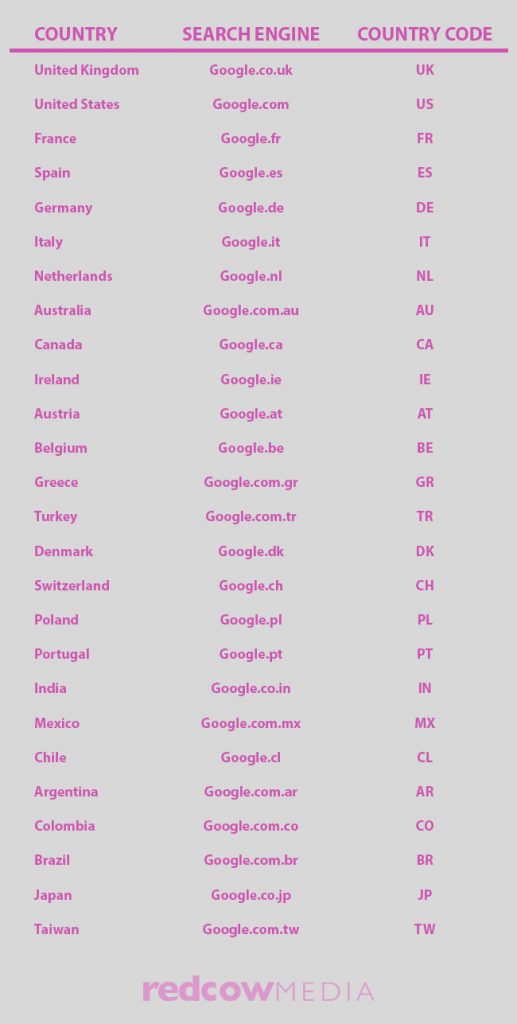International SEO: Hreflang Tag Questions Answered
Stephen McCance September 14, 2016

Recently, we’ve been getting asked about quite a few website internationalisation projects where our task is to broaden out a client’s online visibility into different international territories. We keep getting asked a number of questions about hreflang tags and their relevancy and use in these projects. Here are a few commonly asked questions you need to know the answers to if you’re branching your site out and embarking on an international SEO strategy.
There are a few members of the Red Cow team who are extremely well versed in these types of project, having consulted for some of the biggest names on the internet with regards to their international SEO strategies. Seeing as we’ve been working on them frequently in the past few months, we thought we’d share some of our knowledge about one of the elements of international SEO that clients often find difficult to get their heads around – hreflang tags.
What are hreflang tags?
A hreflang tag is a short snippet of code that designates the geographical location and the written language of different versions of your website. It allows a single website to tailor content to multiple languages of territories where their customers are, and also regionalise the language to accommodate for variations in dialect (for example, Portuguese for Portugal and Portuguese for Brazil, which have subtle differences). Catering for subtle differences and variations in language can make a big difference to your customers and, subsequently, the conversion rates of your website in those particular territories. Hreflang tags are readable by search engines, primarily Google, for the purposes of making sense of the different versions of your content without causing duplicate content issues.
When should hreflang tags be used?
Hreflang tags should be used where you have customers in multiple countries and, even more so, where those customers speak more than a single language. The tags will help international visitors to your website see the correct version of your website, and will also allow the correct version to be indexed in the corresponding search engine – for example, the French version being indexed in google.fr, Spanish version in google.es and so on.
Where do hreflang tags go on the page?
Once you have the correct codes for each country and language variation that your website is in, you will need to insert the code into the head section of your website. This will need to be done across all pages of the website that appear in multiple language and country variations, including the current page and site (not just the other variations – which is a common mistake). It’s important that this goes in the and not just after the close of the head, which is another common mistake that we see being made a lot.
If I implement hreflang tags, will this have an immediate impact on my international SEO visibility?
No, unfortunately it can take a number of weeks for the international versions of the website to begin outranking the standard .com domain in each territory. This is simply because of the time it takes Google to register the difference and pick up/index the change before it begins showing the correct country and language variation in rankings.
What if I only have one website in English, but I want to trade internationally?
You can’t use hreflang tags on a single website as there are no alternative variations to point out. If your website is in English, including all of the content on it, then it will only rank strongly in English speaking search engines. There have been instances where some companies have managed to gain some visibility in other territories with an English speaking website, but this will always be limited in comparison to visibility and rankings that can be achieved through translation and language/geographical targeting with hreflang tags.
Hreflang example:
If we were to create www.examplewebsite.com in French and Spanish language variations as well as English, and we were targeting the UK, France, Spain and Mexico, we would use the following hreflang rules:

Google country codes list:
To help with your international targeting, we have come up with a list of some of the most common Google country codes below. Please remember, though, that these aren’t the languages, which will always need to be specified before the country.

